By Steve Barnes
At Camp Grayling, a novel colloidal-activated carbon material was used as a horizontal barrier on a site where aqueous film-forming foam had previously been discharged to prevent PFAS from leaching into groundwater.
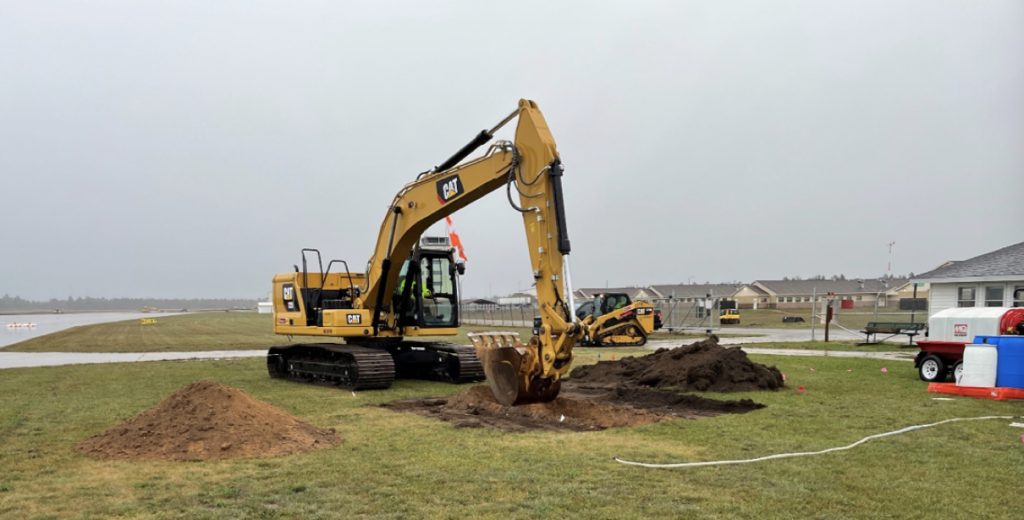
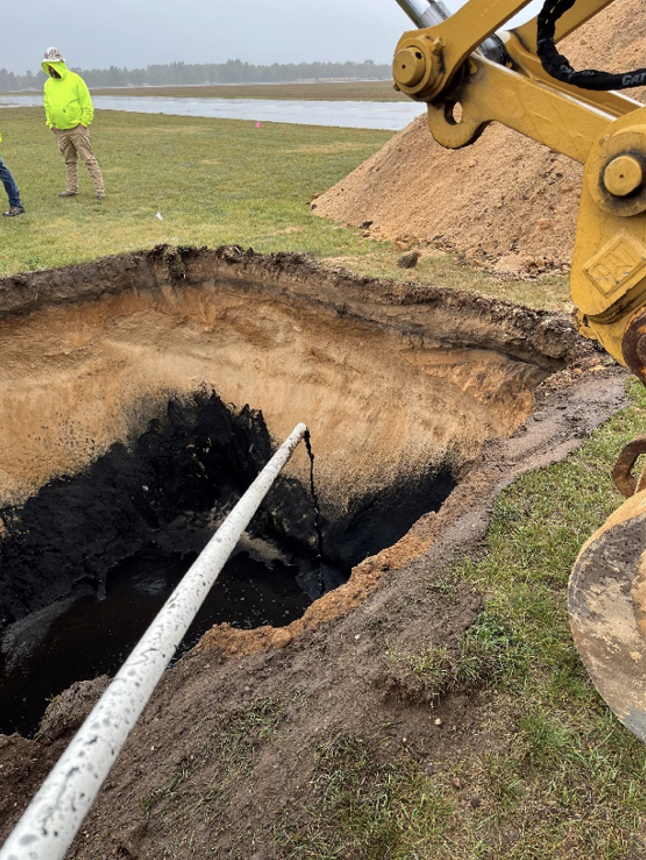
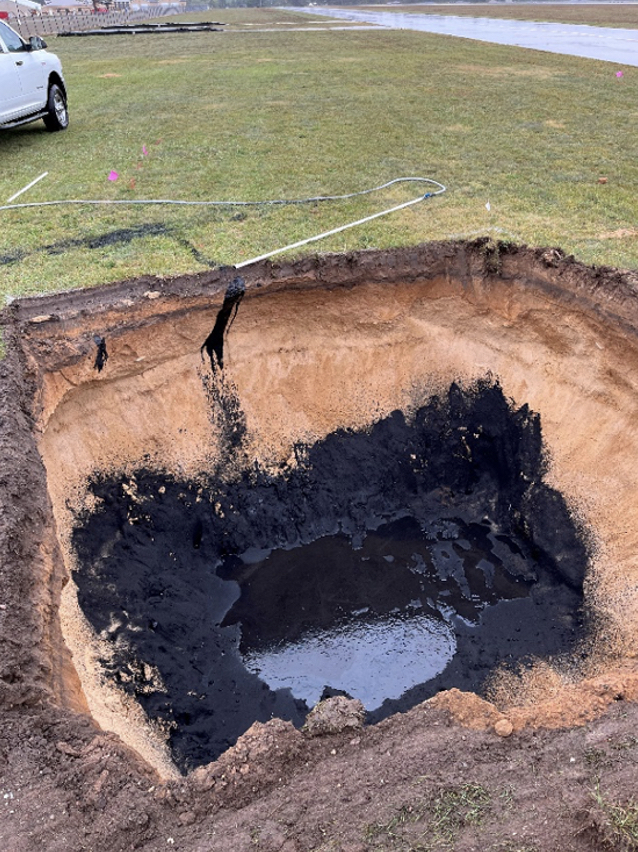
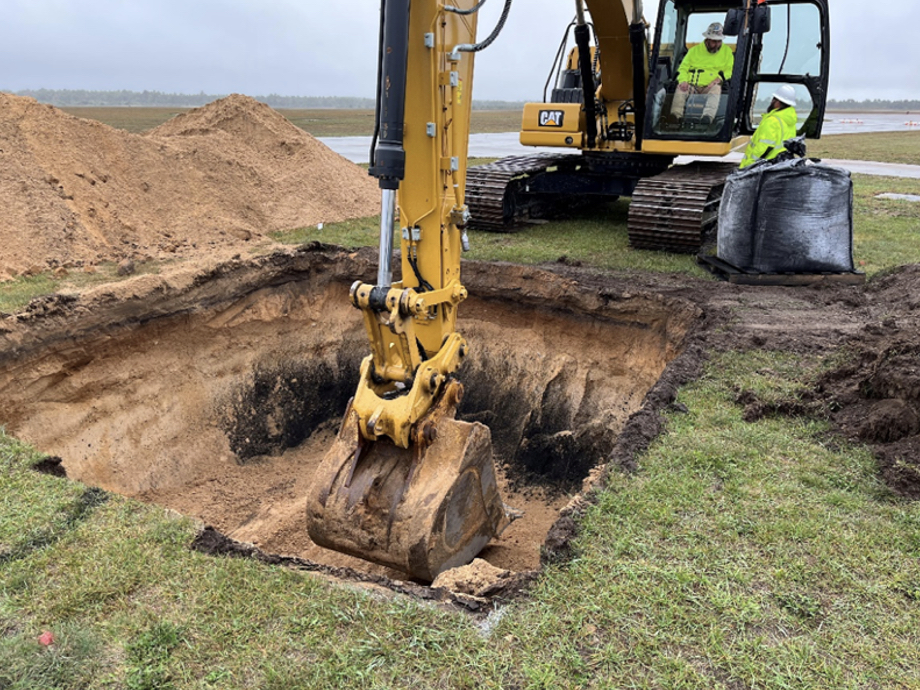
At the largest U.S. National Guard training facility in the United States, a colloidal-activated carbon (CAC) permeable barrier is showing, as documented by ongoing performance monitoring, to have effectively stopped the migration of per- and polyfluoroalkyl substances (PFAS). Implemented now over 4.5 years ago at Camp Grayling Joint Maneuver Training Center, Mich., the in situ remedy applied to prevent PFAS movement in groundwater continues to eliminate PFAS impacts to levels below Michigan’s Drinking Water Criteria.
Building on this successful remedy at Camp Grayling, a field-scale application for the in situ treatment of PFAS-impacted soils was completed more recently at a separate fire training location on the installation, where aqueous film-forming foam had previously been discharged. The field trial incorporated a new, concentrated CAC material that was applied as a horizontal barrier at the bottom of the soil treatment zone. This material has demonstrated outstanding results to date and has been shown to reduce PFAS leaching through soils with more than 10 times the effectiveness as compared to powdered-activated carbon.
While the initial remedy installed at Camp Grayling placed CAC vertically to stop the horizontal movement of PFAS in groundwater, the latest field demonstration aimed to stop the vertical movement into soils beneath the original source zone. These PFAS immobilization strategies can be implemented individually or in combination in order to contain the substances that might be upstream of water wells, streams, or other sensitive receptors over the long term, according to the site-specific conditions and treatment goals. Importantly, these highly sustainable and cost-effective in situ methods are easy to deploy, do not require a power source or operation and maintenance, and do not generate PFAS waste.
Method and Application
The new application area at Camp Grayling encompassed approximately 225-ft² with a 10-ft vertically thick mixing zone adjacent to an airfield runway, and was contained overall within a more extensive PFAS source zone. The near-surface soil was predominantly sand, overlain by a topsoil layer. The treatment occurred entirely within the vadose soils, with the total treatment depth approximately 4-ft above the water table.
Pre-treatment soil samples were collected from the target treatment area. Leachate extracts then were prepared from these samples and subsequently analyzed to provide baseline PFAS leachate concentrations using methods approved by the Environmental Protection Agency. The maximum total PFAS concentration detected in soil leachate was 3,835-ng/l (perfluorooctanoic acid comprised approximately 90 percent of that total.
Source soils were excavated from the target treatment area and temporarily stockpiled on the adjacent ground surface. The topsoil layer was segregated for later use during site restoration.
After reaching the excavation completion depth of 10-ft below ground surface, the CAC solution was spray-applied to evenly coat the excavation bottom and sidewall bottom edges. That allowed the material to infiltrate the underlying undisturbed soils before replacing the excavated soils. This process formed the horizontal barrier base layer used to mitigate any further vertical PFAS migration.
Once the CAC horizontal barrier was emplaced, stockpiled soil was moved back into the open excavation in horizontal lifts (ranging from 2.5-ft to 4-ft thick), along with a prescribed quantity of activated carbon amendment. The CAC material was thoroughly mixed into the soils using the excavator bucket or a rotary mixing head until achieving a homogeneous consistency. Soils within the treatment area were turned multiple times before moving to the next lift to ensure complete treatment. Each completed lift was graded flat and compacted with a small trench compactor.
During this process, representative samples were collected from treated test cells and analyzed for PFAS leachate in the soil, following federally approved laboratory methods to provide a snapshot of “immediate” efficacy.
Approximately 84-yd³ of soil were treated in total at the application site. After completing the treatment, the soil surface was graded and feathered into the surrounding undisturbed areas. This resulted in a slight mounding in the immediate area of approximately 6-in above baseline conditions. Topsoil vegetation that had been removed and segregated previously was restored as the final surface cover. Additionally, the area was re-seeded and protected with straw erosion control matting.
In the initial samples collected post-treatment, PFAS concentrations in soil leachate were reduced by 99.4 percent. After six months, follow-up sampling activities revealed no PFAS detected above the 1-ng/L detection limit.
Effective Mitigation
Soils at or below PFAS release locations at thousands of sites globally—and hundreds of military facilities—are significant and long-term reservoirs of PFAS contamination. The pilot test conducted at Camp Grayling has resulted in the immediate, complete, and sustained elimination of PFAS in soil leachate.
CAC treatments have been implemented at many contaminated sites, including numerous defense locations such as Alameda Naval Air Station and Naval Base Point Loma in California, where placement of a CAC permeable barrier is preventing contaminant migration toward North San Diego Bay.
This adaptable in situ remedy can be applied to the vadose zone soils, capillary fringe, and groundwater within PFAS source areas, allowing customization to suit the unique conditions of each site. Additionally, these PFAS source treatments can be combined with CAC-based remedies applied to the body or leading edge of a plume to mitigate exposure risks quickly and over the long term.
By containing PFAS contaminants in situ, CAC-based remedies represent a lower cost, environmentally sound, and more effective method to reduce PFAS risk. Deploying this approach replaces non-sustainable, bulk separation methods that are known to generate PFAS-laden waste materials, cause the release of excess carbon, and can lead to potential future exposure risks and liability.
Steve Barnes is Director of Operations – Remediation Services, Regenesis; sbarnes@regenesis.com.
More News from TME
-
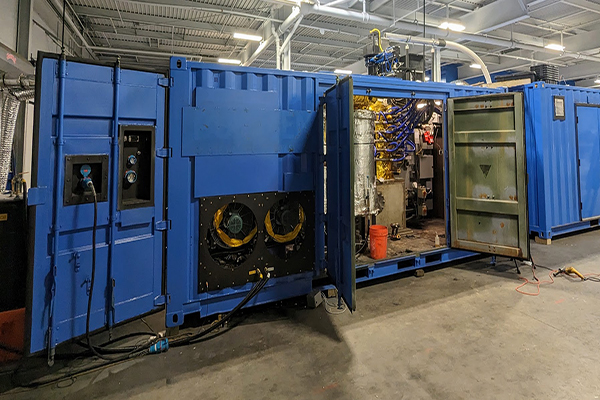
Reaching Sustainability Goals with Waste-to-Energy
The U.S. Army Engineer Research & Development Center’s Construction Engineering Research Laboratory is working to develop small-scale waste-to-energy systems that will advance installation sustainability and waste management. -
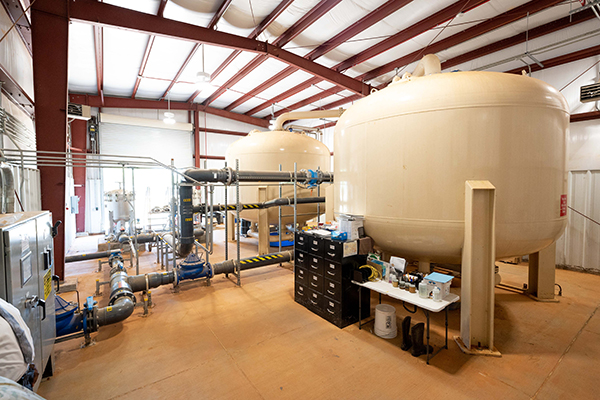
Investigating Emerging PFAS Destruction Technologies
Following recent interim guidance from the Department of Defense on how military organizations are to handle the destruction and disposal of PFAS, developing technologies that target the destruction of these forever chemicals hold possibilities for effective and efficient removal. -

Concentrating on Solutions: The Emergence of PFAS Remediation Technologies
The prevalence of per- and polyfluoroalkyl (PFAS) substances in the soil and groundwater on military bases is a safety and environmental concern, a growing number of emerging technologies may help in addressing this evolving issue.